- Have any questions?
- +86-189 8930 5995
- sales@mosinterchem.com.cn
Red Yeast Rice Functional Red Yeast Rice

Reishi Mushroom ext plant exteact
25/12/2018
Folic acid CAS 59-30-3
25/12/2018| Model: | MOS Red Yeast Rice Functional Red Yeast Rice |
| Place of Origin: | Zhejiang,China (Mainland) |
| Name: | Red yeast rice. functional Red yeast rice |
| Appearance: | Red Powder |
| Brand: | MOSINTER |
| Assay: | 0.8%~1.5% |
| Synonyms 1: | MonascusPurpureusWent |
Red yeast rice
Traditional Chinese medicine is used for two products, and it has been used in rice for thousands of years. This product character is red powder, the tone is pure, the photothermal stability is good, pure natural, safe has no side effect, the PH applies wide
nutritive value:
- In recent medical research, it is believed that red music has the function of lowering blood pressure and lowering blood lipid, which can prevent the formation of cholesterol K.
- Reddish rice skin is purple and red. It has an acid taste and mild taste. It has a strong coloring power for protein, so it is often used as food coloring
- It has the advantages of non-toxic and safe, and also has the function of invigorating the spleen and reducing the blood stasis.
Red yeast rice is what is referred to as a “koji” in Japanese, meaning “grain or bean overgrown with a mold culture”, a food preparation tradition going back to ca. 300 BC. In both the scientific and popular literature in English that draws principally on Japanese, red yeast rice is most often referred to as “red rice koji”. English works favoring Chinese sources may prefer the translation “red yeast rice”.
Because of the low cost of chemical dyes, some producers of red yeast rice have adulterated their products with the dye Sudan Red G
The amount typically used in clinical trials is 1200–2400 mg/day of red yeast rice containing approximately 10 mg total monacolins, of which half are monacolin K. This does raise a question about the function of the other monacolins and non-monacolin compounds in the products, as the monacolin K content is lower than what is usually considered effective for lovastatin (20–80 mg/day). A meta-analysis of 20 clinical trials, range of red yeast rice dose 1200 to 4800 mg/day, reported LDL-cholesterol lowered by 1.02 mmol/L (39.4 mg/dL) compared to placebo. The incidence of reported adverse effects ranged from 0% to 5% and was not different from controls.
Within this review, the largest and longest duration trial was conducted in China: the China Coronary Secondary Prevention Study (CCSPS). Close to 5,000 post-heart attack patients were enrolled for an average of 4.5 years to receive either a placebo or a RYR product named Xuezhikang . The test product was an ethanol extract of red yeast rice, with a monacolin K content of 11.6 mg/day. Key CCSPS results: In the treated group, risk of subsequent heart attacks was reduced by 45%, cardio deaths by 31%, and all-cause deaths by 33%.
The safety of red yeast rice products has not been established, and some commercial supplements have been found to contain high levels of the toxin citrinin. As commercial products will have highly variable amounts of monacolins, and rarely declare this content on the label, defining risk is difficult. Ingredient suppliers have also been suspected of “spiking” red yeast rice preparations with purified lovastatin.
As evidence, one published analysis reported several commercial products as being almost entirely monacolin K – which would occur if the drug lovastatin was added – rather than the expected composition of many monacolin compounds.Statin-associated rhabdomyolysis can lead to kidney damage and possibly kidney failure (renal failure).
Half got a RYR product (3600 mg/day, 13 mg monacolins, 6 mg monacolin k) for 24 weeks; and half were administered a placebo. In the treated group, LDL-cholesterol declined 21%. Two patients dropped out because of myalgia, 1 for diarrhea, and 1 for dizziness. In the placebo group, one dropped out for myalgia. Creatine phosphokinase increased slightly in the treated group (from 122 to 128 IU/L) versus decreasing with placebo (117 to 101 IU/L), but the shifts were not statistically significant. For those having completed the trial, subjective muscle pain scores were similar for the two groups. “
The potential safety signals of myopathies and liver injury raise the hypothesis that the safety profile of RYR is similar to that of statins. Continuous monitoring of dietary supplements should be promoted to finally characterize their risk profile, thus supporting regulatory bodies for appropriate actions.”
Red yeast is likely unsafe during pregnancy. It has caused birth defects in animals, and there is not enough information about the safety of using red yeast during breast-feeding.
Red yeast rice is used to colour a wide variety of food products, including pickled tofu, red rice vinegar, char siu, Peking Duck, and Chinese pastries that require red food colouring. It is also traditionally used in the production of several types of Chinese huangjiu (Shaoxing jiu), Japanese sake (akaisake), and Korean rice wine (hongju), imparting a reddish colour to these wines. Although used mainly for its colour in cuisine, red yeast rice imparts a subtle but pleasant taste to food and is commonly used in the cuisine of Fujian regions of China.
You must be logged in to post a review.

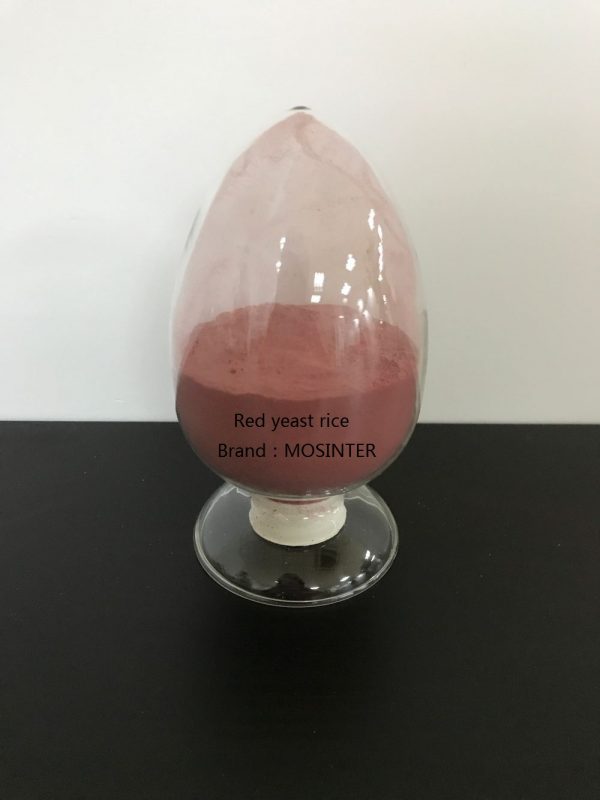
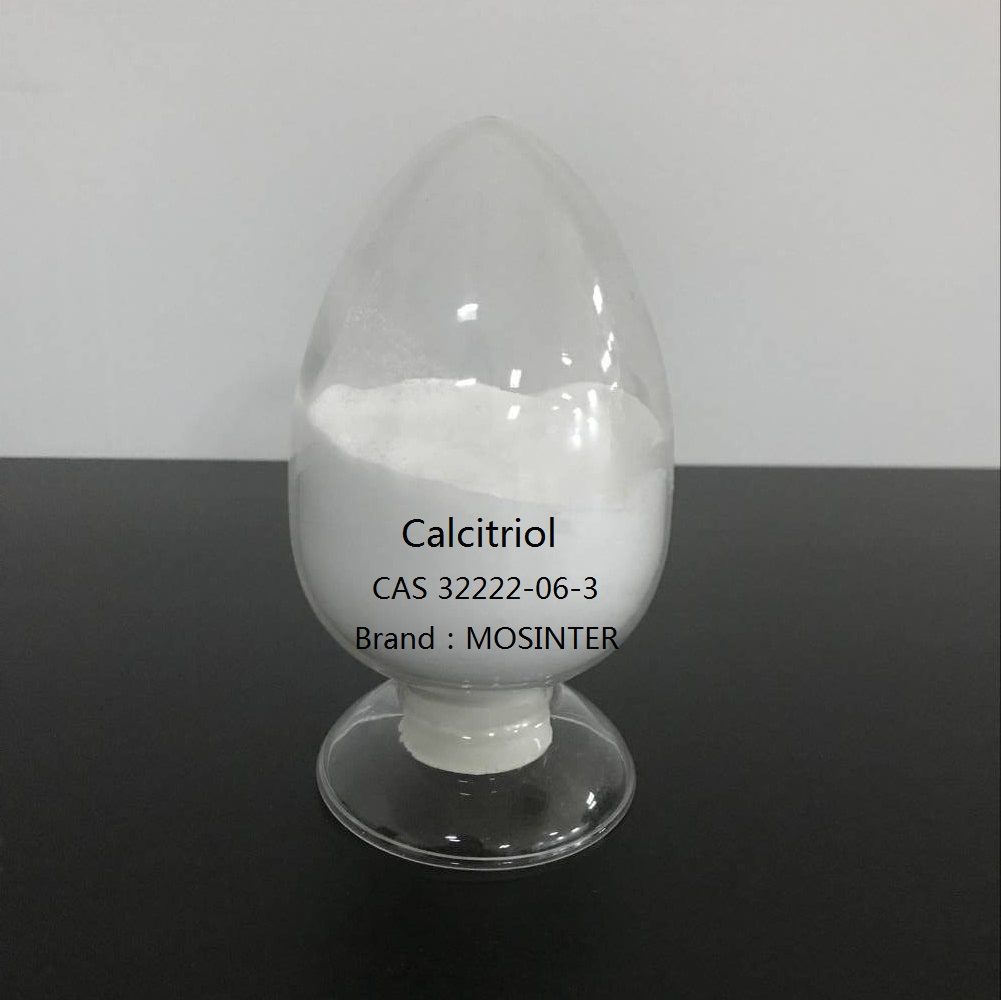
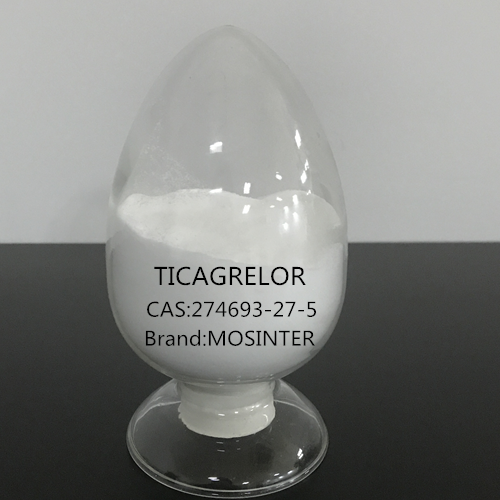
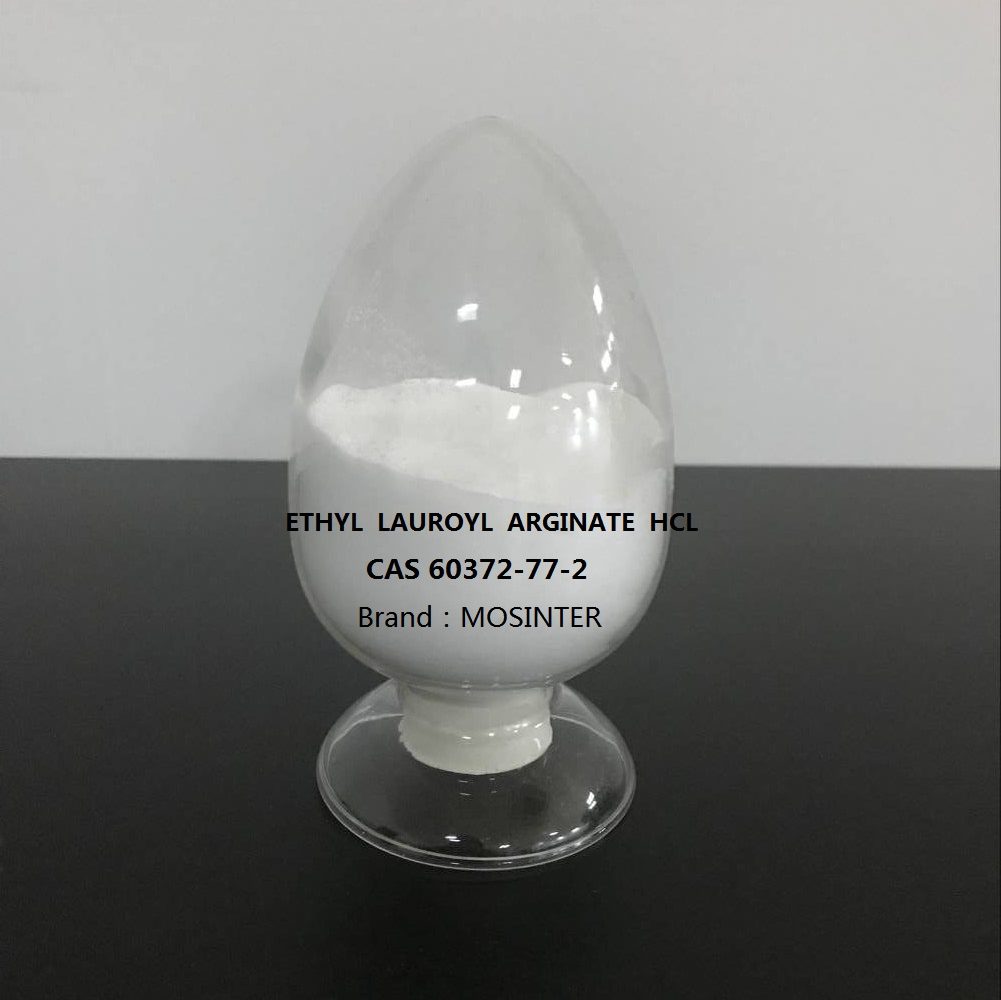
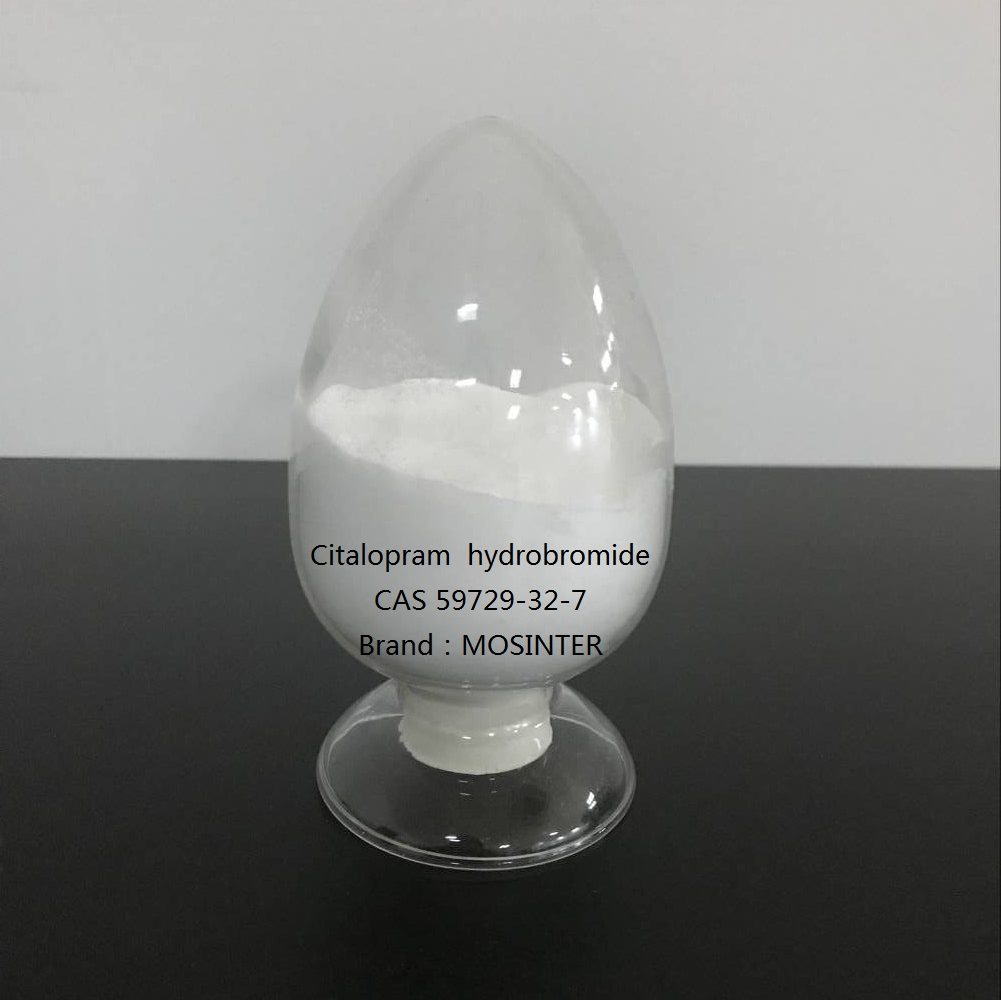
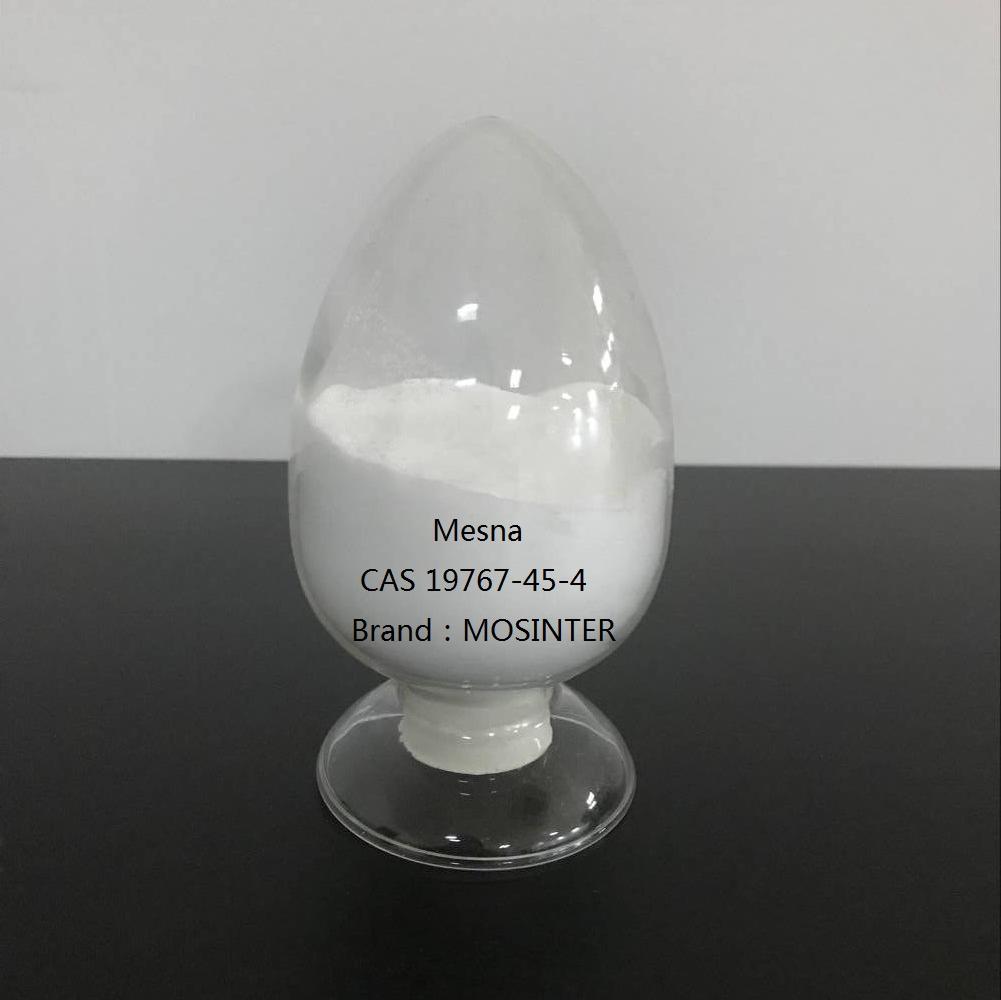
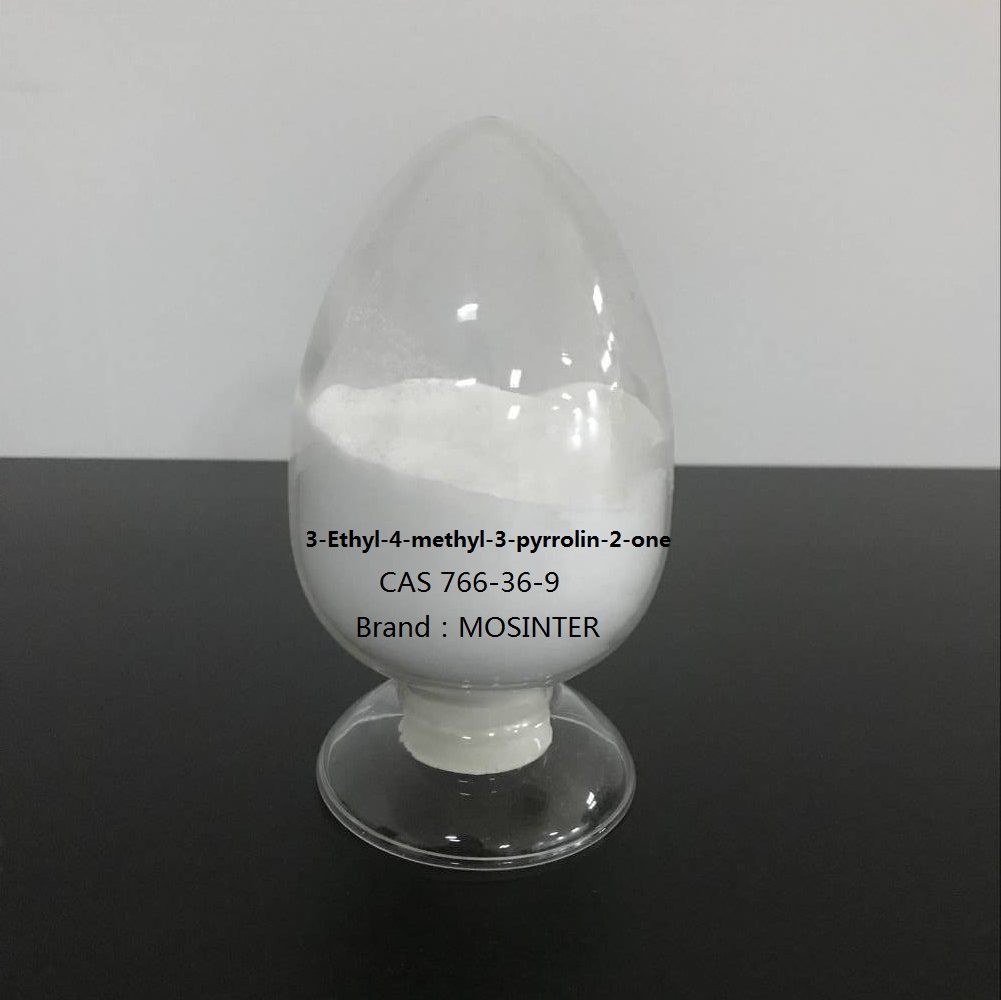
Reviews
There are no reviews yet.